http://en.wikipedia.org/wiki/Gemination
Germination is the process where growth emerges from a period of dormancy. The most common example of germination is the sprouting of a seedling from a seed of an angiosperm or gymnosperm. However, the growth of a sporeling from a spore, for example the growth of hyphae from fungal spores, is also germination. In a more general sense, germination can imply anything expanding into greater being from a small existence or germ.
Germination is the first stage of the making of the seedling. The seed of a higher plant is a small package produced in a flower or cone containing an embryo and stored food reserves. Under favorable conditions, the seed begins to germinate, and the embryonic tissues resume growth, developing towards a seedling.
Dicot germination
The part of the plant that emerges from the seed first is the embryonic root, termed radicle or primary root. This allows the seedling to become anchored in the ground and start absorbing water. After the root, the embryonic shoot emerges from the seed. The shoot consists of three main parts: the cotyledons (seed leaves), the section of shoot below the cotyledons (hypocotyl), and the section of shoot above the cotyledons (epicotyl). The way the shoot emerges differs between plant groups.
Monocot germination
In monocot seeds, the embryo's radicle and cotyledon are covered by a coleorhiza and coleoptile, respectively. The coleorhiza is the first part to grow out of the seed, followed by the radicle. The coleoptile is then pushed up through the ground until it reaches the surface. There, it stops elongating and the first leaves emerge through an opening at its tip. Commonly, the primary root dies off and the plant develops shoot-borne roots.
Requirements for seed germination
Seed germination depends on many factors, both internal and external. The most important external factors include: water, oxygen, temperature, light and the correct soil conditions. Every variety of seed requires a different set of variables for successful germination. This depends greatly on the individual seed variety and is closely linked to the ecological conditions in the plants' natural habitat.
Water
Germination requires moist conditions. Mature seeds are typically extremely dry and need to take up significant amounts of water before metabolism can resume. The uptake of water into seeds is called imbibition and leads to a marked swelling. The pressure caused by imbibing water aids in cracking the seed coat for germination. When seeds are formed, most plants store large amounts of food, such as starch, proteins, or oils, for the embryo inside the seed. When the seed imbibes water, hydrolytic enzymes are activated that break down these stored food resources and allow the seedling to germinate and grow non-photosynthetically until it reaches the light. Once the seedling starts growing, it requires a continuous supply of water and nutrients.
Oxygen
Most seeds respond best when water levels are enough to moisten the seeds but not soak them, and when oxygen is readily available. Once the seed coat is cracked, the germinating seedling requires oxygen for its metabolism. If the soil is waterlogged, it might cut off the necessary oxygen supply and prevent the seed from germinating as it prevents aerobic respiration, which is the main source for the seedling's energy until it starts to photosynthesize.
[edit] Temperature and light
Seeds germinate over a wide range of temperatures, with many preferring temperatures slightly higher than room-temperature. Often, seeds have a set temperature range for germination and will not germinate above or below a certain temperature. In addition, some seeds may require exposure to light or to cold temperature (vernalization) to break dormancy before they can germinate. As long as the seed is in its dormant state, it will not germinate even if conditions are favorable. For example, seeds requiring the cold of winter are inhibited from germinating if they never experience frost. Some seeds will only germinate when temperatures reach hundreds of degrees, as during a forest fire. Without fire, they are unable to crack their seed coats. Many seeds in forest settings will not germinate until an opening in the canopy allows them to receive sufficient light for the growing seedling.
Hormonal control
Besides environmental factors, germination and dormancy in seeds are also influenced by plant hormones. The hormone absciscic acid affects seed dormancy and prevents germination, while the hormone gibberellin breaks dormancy and induces seed germination. This effect is used in brewing where barley is treated with gibberellin to ensure uniform seed germination to produce barley malt.
Sunday, 13 May 2007
Subscribe to:
Post Comments (Atom)
























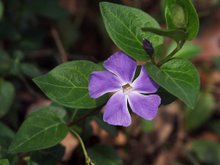





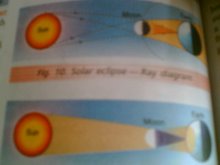

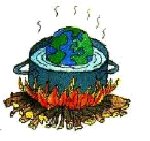
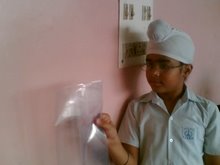
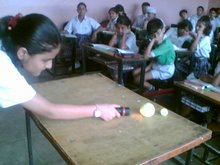


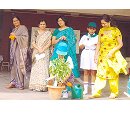

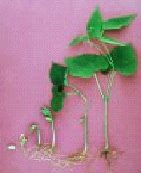




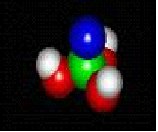

1 comment:
savitadhuttimyscienceatkulachi.blogspot.com is very informative. The article is very professionally written. I enjoy reading savitadhuttimyscienceatkulachi.blogspot.com every day.
bad credit cash loans
payday loans in canada
Post a Comment